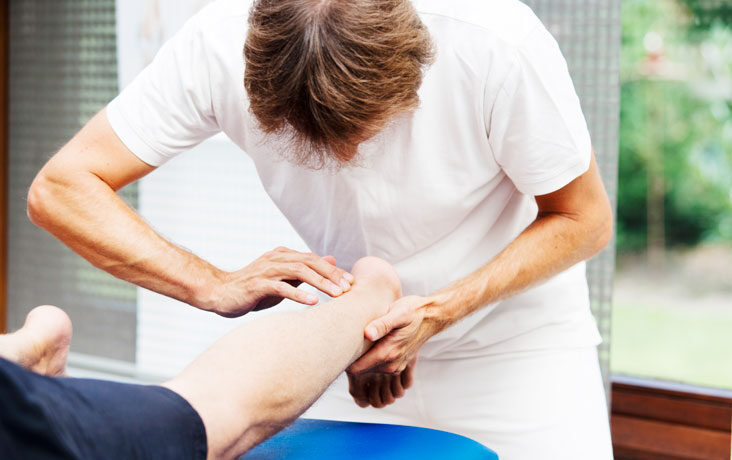In this article, we will review everything we need to know about tendon healing at a glance. To start with, let’s understand what tendons are.
Tendons are the strong, white, sinewy threads that connect your muscles to your bones. Collagen fiber bundles that are closely and parallelly packed together make up a healthy tendon. The parallel structure is what gives a tendon strength and resilience.
Tendon injuries can be broadly categorized into overuse injuries (tendonitis/tendinopathy) and tendon tears.
Tendonitis or Tendinopathy
Tendonitis or tendinopathy is an overuse condition that occurs when you overexert yourself or do not give your tendon adequate time to recuperate between training sessions.
All bodily tissues undergo micro-damage when we exercise. Your body may need up to 72 hours to completely repair this micro-damage, depending on your level of fitness and the intensity of the workout.
The micro-damage builds up and eventually results in overuse ailments like tendinitis if you exert yourself before your body has fully recovered.
The parallel alignment of the collagen fibers is lost when you develop tendonitis or tendinopathy. As a result, they drift apart and lose their collective organization. Due to the resultant loss of power, it may no longer be able to support your regular activities. Thus, even seemingly simple actions like walking can be painful.
Tendon Tears
There are two types of tendon tears: partial tears (when only some collagen fibers are torn) and full ruptures (where the tendon is fully torn through).
Tendon tears in the elderly are frequently brought on by a health issue like gout or a thyroid problem. Tendon rips commonly develop in younger people as a result of trauma from sports, accidents, or motorcycle crashes. Additionally, excessive steroid use weakens tendons and increases the risk of tendon tears.
What helps tendons heal faster?
According to research, the optimum course of treatment for tendonitis or tendinopathy is a mix of strength training and relative rest. This helps the tendon settle down (to strengthen the tendon). While massage and electrotherapy (such as ultrasound or TENS) can momentarily ease your discomfort, they do not strengthen your tendon. In the case of tendon tears, the two ends of the tear must grow back together for it to mend. In order to prevent additional separation of the ends, it is crucial to refrain from any stretches during the initial phases of healing. If the ends of the tendons have separated far enough, corrective surgery may be needed. However, a partial tendon tear can be treated by protecting the injured area.
How long does a tendon need to heal?
The most crucial thing is to get the right treatment as soon as possible. Your healing will be delayed if you put off getting help or if you don’t get the right advice about treatment.
Additionally, some studies indicate that using a collagen supplement and a small amount of vitamin C before exercising may help the tendon’s healing process.
Do Damaged Tendons Ever Heal?
Rest is required in mild situations to ensure natural tendon healing without resorting to surgery. You might need to take a break from sports or other physical activity that could further harm the tendon because the mending process takes many weeks.
You need to consume the proper ratio of nutrients in your diet to encourage repair. For cells to function at their best while healing, vitamins, minerals, and the appropriate proteins are required. The healing process might be slowed or stopped by malnutrition.
Your doctor might suggest activities that focus on the nearby muscles and connective tissues as the tendon heals.









